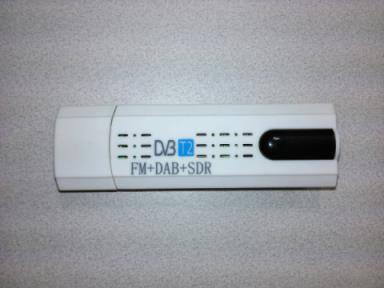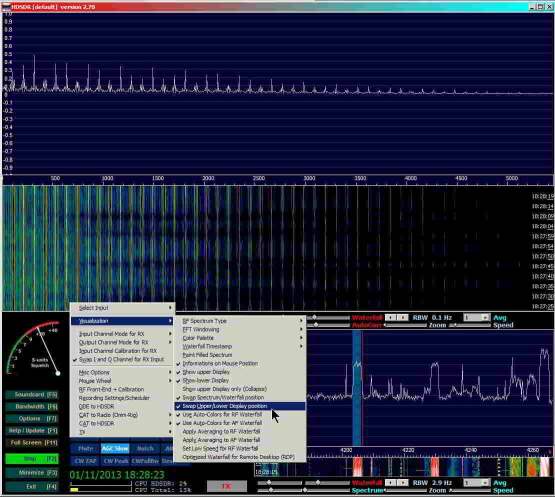ShinySDR: A new SDR software package that supports RTL-SDR
ShinySDR is a new still in development SDR software package which supports the RTL-SDR. It is built on GNU Radio and has a web based user interface and a plugin system.
One of the main differentiating features of ShinySDR is that it has a persistent waterfall display. This means that as you browse through the frequency spectrum and zoom in and out on the waterfall, the displayed history will not be lost like on other SDR programs. Some other features are
- Browser-based UI: The receiver can be listened to and remotely controlled over a network or the Internet, as well as from the same machine the actual hardware is connected to. (Required bandwidth: 3 Mb/s to 11 Mb/s, depending on selected spectrum frame rate. This may be improved in future versions by using more compact data formats.)
- Modularity: plugin system allows adding support for new modes (types of modulation) and hardware devices.
- “Hackability”: All server code is Python, and has no mandatory build or install step. Demodulators prototyped in GNU Radio Companion can be turned into plugins with very little additional code. Control UI can be automatically generated or customized and is based on a generic networking layer.
- Frequency database: Jump to favorite stations; catalog signals you hear; import published tables of band, channel, and station info; take notes. (Note: Writing changes to disk is not yet implemented, unfortunately.)
The software also comes with an included VOR demodulator plugin.




